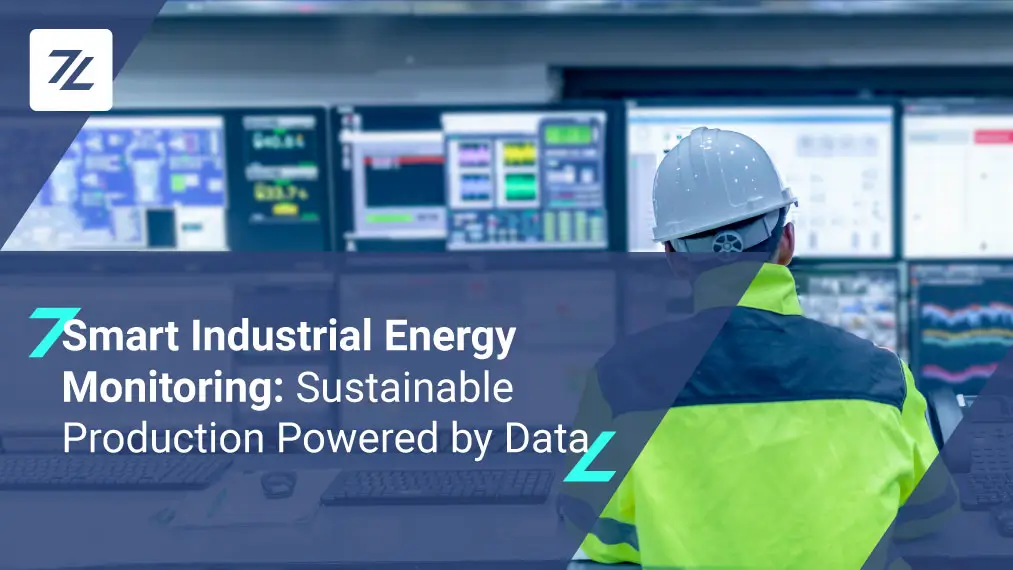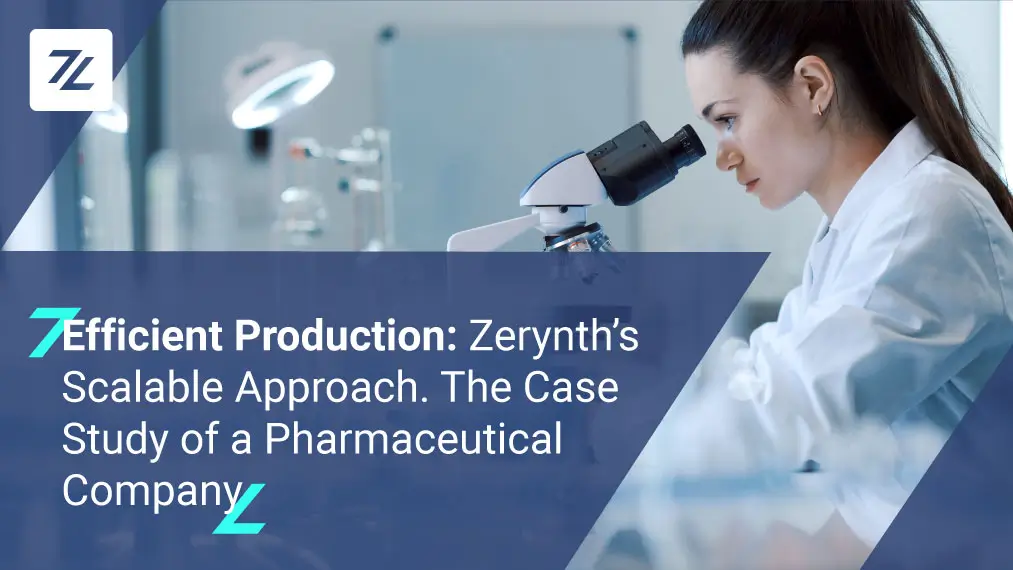IoT is appearing in the world of agriculture resulting in technologies for maximizing crop efficiency and improving performance. We are talking about agriculture 4.0, let’s learn more in this in-depth analysis.
Deep innovation has permeated the world of agriculture. More and more we talk about technology and agriculture 4.0: but, what is it really, and who is doing it successfully?
The push toward new technologies comes from an idea of increasingly certifiable and sustainable production, traceability, and quality. As it is in the manufacturing world, where technologies have taken off immediately, the first concepts of technological control, IoT, and young technologies are beginning to make their way there too.
We can say that the digital future is now a part of agriculture … agriculture 4.0.
What to consider about agriculture 4.0
It is obvious that agriculture 4.0 cannot ignore new stimuli and research, food and water resources, pollution, attention to consumer needs, and the environment as fundamental elements of its digitalization. Therefore, these are all elements that form the concept of agriculture 4.0 and that today we will describe further.
Specifically, agriculture 4.0 means it is a model that uses digital technologies in an interconnected way allowing one to optimize production, care, and production processes in order to improve quality and environmental sustainability economically.
Having a system that avoids waste in agriculture allows you to improve prices during selling, allowing the purchase even in times of economic crisis such as the one we are now experiencing. Analyzing the latest data on increasing electricity and gas prices, as well as the increased cost of living, has brought the agricultural sector to feel the burdens of the economic decline of the Italian family.
Imagine instead, as happens in agriculture 4.0, we would have precise control of the amount of water needed for a plantation and the right vitamin intake for all plants. What we have just described is a framework that would allow the farmer to reduce energy costs and chemical material costs (which are often in short supply) and, therefore, lowering the cost of the product to the market.
Cost control from the plantation to the sale
However, economic control over 4.0 agricultural plantations has not only positive implications for the end customer but, as mentioned above, for the farmer.
Technologies make it possible to prevent any diseases and pests on plantations that could affect the crop. It is possible to have a generalized picture of the state of health of the crop field. In this way, based on the characteristics of the soil, the fertilizer rates to be used can be defined in time and in a precise manner keeping control of other fundamental parameters that may affect crop yield.
This new vision represents an increasingly important reality in Italy. The digitization of the primary sector is contributing not only to the improvement and refinement of production techniques but also to creating a new idea of agriculture that is increasingly oriented towards attention to the environment, efficiency, safety, and sustainability.
How to move from agriculture as it is to agriculture 4.0
The question that is often asked to sellers of agriculture 4.0 systems is, “but is it really worth making the switch? The initial investment is too expensive … ”
Responding immediately to the first question, we highlight that the digital transition is supported by important state interventions for the improvement of agriculture and environmental protection.
If the transition from traditional to technological agriculture is worthwhile, let’s talk about the applications of these systems.
Adopting Agriculture 4.0 solutions allows final benefits, such as:
- avoiding waste: by calculating the exact water needs of the crop, or by allowing you to have an estimate in advance of the required amount of water or fertilizer to be administered to the plantation.
- controlling the production: active monitoring of the state of crops allows time to notice the possible onset of plant diseases or identify the presence of any parasites and therefore lets you act accordingly and promptly.
- having greater control over production costs allows you to know in advance the expected consumption for future production.
- accurately planning the phases of cultivation, sowing, and harvesting, with respect to the analysis of previous crop data, foreseeing times and costs in order to optimize resources.
- improving the traceability of the supply chain, having full control of the entire production process, and producing food of the highest quality and sustainability.
As you can see, all these aspects don’t only make cultivation very technological but the farmer’s work is much less “provisional” and less subject to chance. Therefore, in answer to the question, “is it really worth it?”, we can answer with absolute certainty that it is. It is appropriate, not only for the farmer, but for the entire production and consumption chain.
Share This Story, Choose Your Platform!
Follow Zerynth on
Latest Posts





